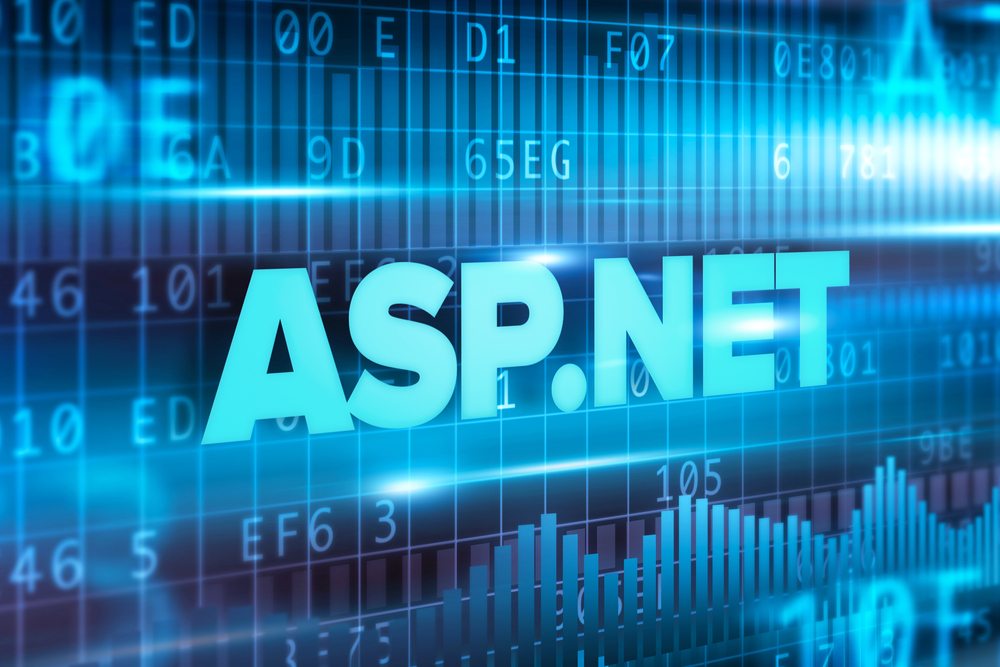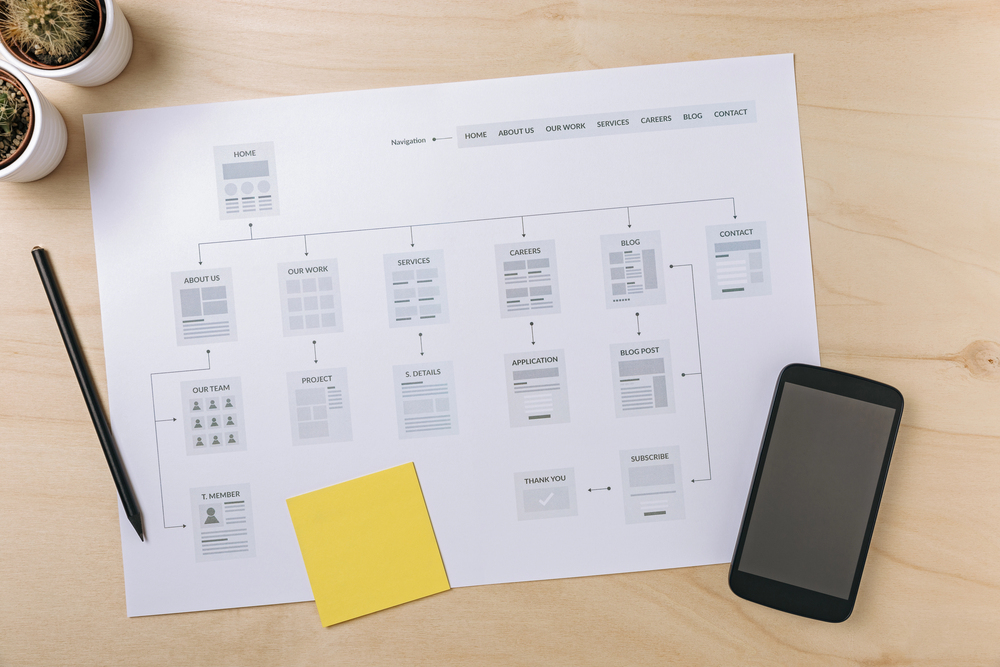Are the web pages you’ve worked hard on barely getting any traffic, while low-value pages are getting more attention? The issue might not be your content but your sitemap. A missing sitemap or poorly assigned sitemap priority values could be the reason search engines aren’t focusing on the right pages.
This blog details what this term means and how it can guide search engine crawlers to your important pages.
We’ll also guide you on how to decide the values for sitemap priorities. So, let’s begin.

Table of Contents
What Is Priority in a Sitemap?
A sitemap is an XML file that acts as a roadmap for search engines by listing all the important URLs of a website.
It provides additional metadata about each URL, such as:
- When it was last updated
- How often does it change
- Its importance to the website
This data helps search engine crawlers understand your site’s structure and decide how to prioritize crawling and indexing your pages.
Priority in a sitemap is a specific tag in this XML file. This tag lets you indicate the relative importance of individual pages on your website. The priority value is a numeric scale that ranges from 1.0 (highest priority) to 0.0 (lowest priority).
Here’s an example of how an XML sitemap uses the priority attribute alongside other tags:
| <urlset xmlns=”http://www.sitemaps.org/schemas/sitemap/0.9″> <url> <loc>http://www.example.com/</loc> <lastmod>2024-11-16</lastmod> <changefreq>daily</changefreq> <priority>1.0</priority> </url> <url> <loc>http://www.example.com/blog/</loc> <lastmod>2024-10-10</lastmod> <changefreq>weekly</changefreq> <priority>0.8</priority> </url> <url> <loc>http://www.example.com/contact/</loc> <lastmod>2024-8-25</lastmod> <changefreq>monthly</changefreq> <priority>0.5</priority> </url> </urlset> |
It’s important to note that there’s no direct evidence that a higher priority setting guarantees better search engine rankings.
But still, the sitemap priority tag may have a few theoretical benefits:
- Guidance for crawlers: Search engine bots may focus on high-priority pages more frequently.
- Indexing new sites: For fresh websites, assigning priority values can help crawlers decide which pages to index first.
- SERP display: If multiple pages on your site meet a search query’s criteria, priority values may influence which one appears higher.
Again, these benefits aren’t set in stone. Search engines ultimately rely on their algorithms to decide crawling and ranking orders.
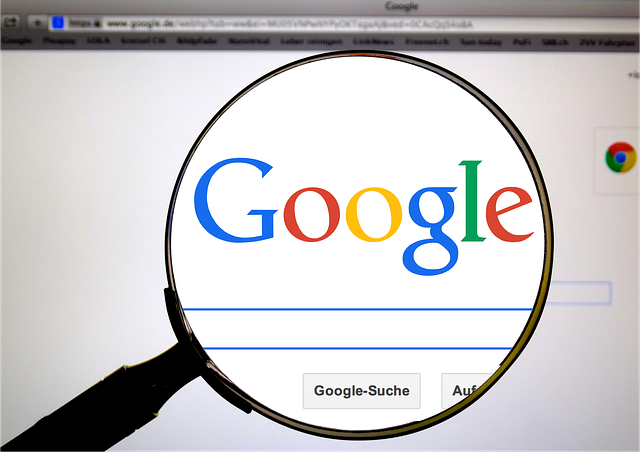
What Is the Importance of Sitemap Priority to Google?
The Google Search Console openly says they ignore <priority> and <changefreq> values in sitemaps.
So, why even bother adding sitemap priority? Well, here’s what you should consider.
It’s Not About Rankings, It’s About Crawling
Google might not use sitemap XML priority to rank your pages, but it can still help with crawling and indexing.
Search engine crawlers have a limited amount of time and resources to go through your website. A well-organized sitemap with proper priority tags gives these bots a cheat sheet.
It ushers the bot to the most important pages so it doesn’t waste time on pages with low business potential.
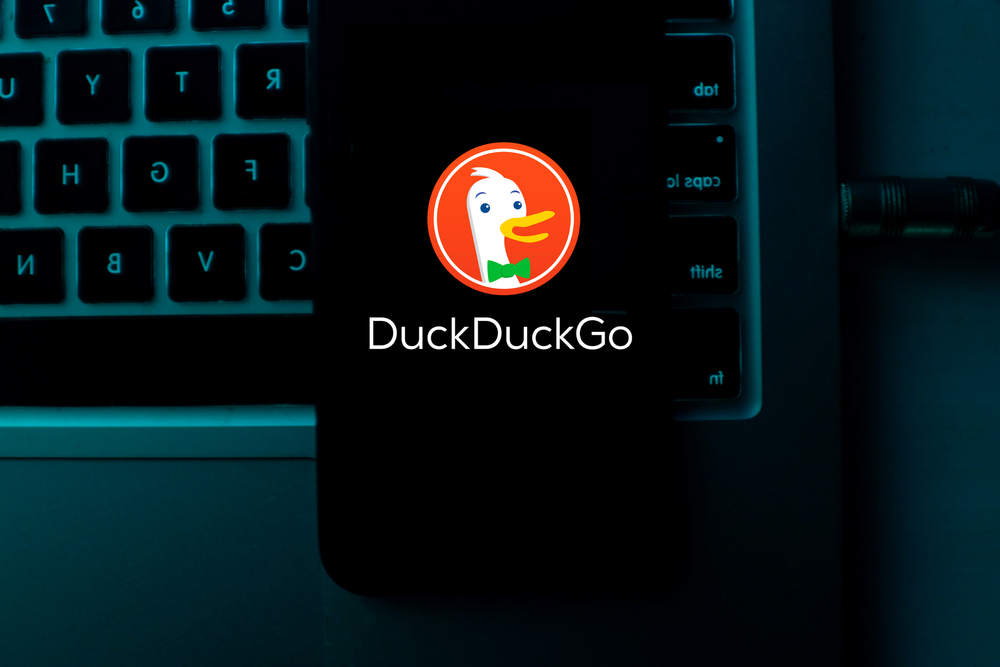
Not Every Search Engine Is Google
There are many other search engines with a decent number of users, and they don’t follow Google’s rules.
Engines like Bing, Edge, Yandex, DuckDuckGo and many others could still consider priority settings when crawling.
So why miss out on traffic from these platforms just because Google has its own rules?

Peace of Mind for Big Sites
Sitemap priorities can be particularly helpful for the organization of big websites with loads of pages. Websites with hundreds or thousands of pages might have a lot of important pages they want to prioritize.
Without a priority attribute, they’re leaving it up to search engines to decide which pages matter most. And they might not always get it right due to the sitemap’s massive size.

It’s a Tiny Effort for a Potentially Decent Payoff
Adding sitemap priority doesn’t cost you anything but a little time. Sure, they don’t guarantee ranking on SERPs, but they can still serve other purposes we just mentioned.
You should always do everything you can to guide search engines. As the saying goes, better safe than sorry, right?
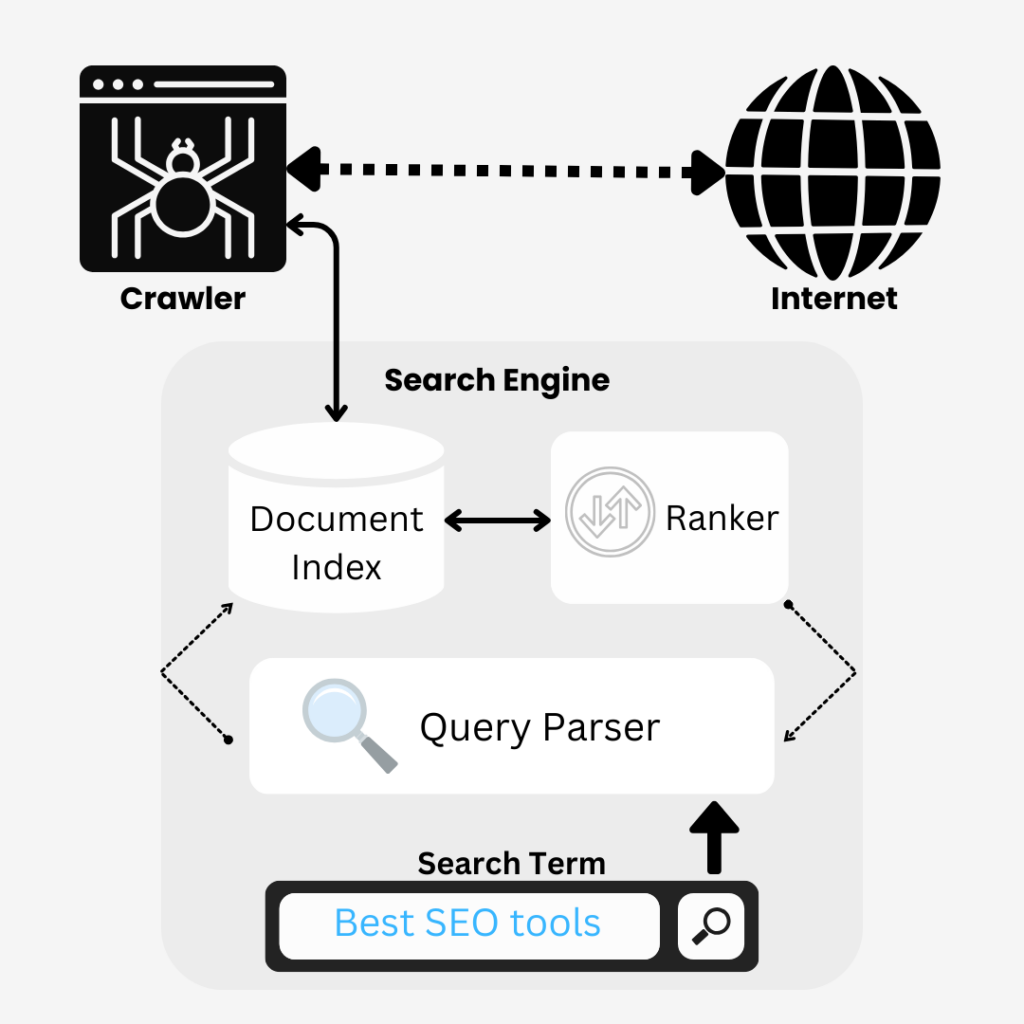
How To Set Priority Values Within XML Sitemaps
The priority setting scale runs from 1.0 to 0.0. The more important a page is, the higher the priority it gets.
And no, this doesn’t mean search engines will ignore low-priority pages. It simply gives them a clear idea of your site’s hierarchy to use when multiple pages meet a search query’s criteria.
Here’s a scoring scale that you can use for assigning sitemap priority values:
- 1.0 to 0.8: High-priority stuff like your homepage, major category pages, landing pages, and individual product info pages. These pages are the main source of income for your site, thus deserving a higher value.
- 0.7 to 0.4: Middle-ground pages like blog posts, news stories, FAQs, and other content that’s useful but not your site’s main event.
- 0.3 to 0.0: Low-priority content like old press releases, outdated guides, and static pages that nobody visits but you’re not ready to delete.
Before assigning random values, analyze your pages honestly. The priority attribute isn’t going to make or break your SEO, so don’t try to assign high priorities to undeserving pages.
And don’t skip setting your sitemap priority values, either. Search engines may default your pages to around 0.5, which is fine for most content. But why let someone else decide when you can call the shots?
Verify Whether Google Crawled Your Sitemap!
You’ve assigned sitemap priority to pages. How do you verify whether Google’s crawler has scanned it?
You can check your server logs to see visits to your sitemap URL. Cross-check the visiting IPs with Google’s official list of crawler IP addresses.
Google’s crawlers usually operate from IP addresses in the US. If they run into issues accessing your sitemap, they might switch to international IPs.
Here, you can try a geolocation service like geoPlugin to trace the IP’s origin. It’ll give you details like city, country, coordinates, and more.
So try geoPlugin now and geolocate Google bots and other site visitors for free!
FAQ
What is priority in a sitemap?
Sitemap priority is a tag in an XML sitemap that signals the relative importance of a webpage to search engine crawlers. It uses a scale from 1.0 (highest priority) to 0.0 (lowest priority).
What happens if I don’t set a sitemap priority?
In the absence of a sitemap, the search engine bot assigns priorities to your pages based on its own algorithms. These priorities may not align with your preferences, so it’s a good idea to create a sitemap.
Should all pages be in a sitemap?
Not necessarily. You should focus on important pages. If identical content is accessible under different URLs, include only the best URL in the sitemap.
How do you decide priority in a sitemap?
Decide priority in a sitemap with honesty. Analyze each page’s importance by considering the following:
- Lower values for less critical pages like FAQs or old news
- Homepage and key categories at higher values
- Mid-range for useful content like blog posts



